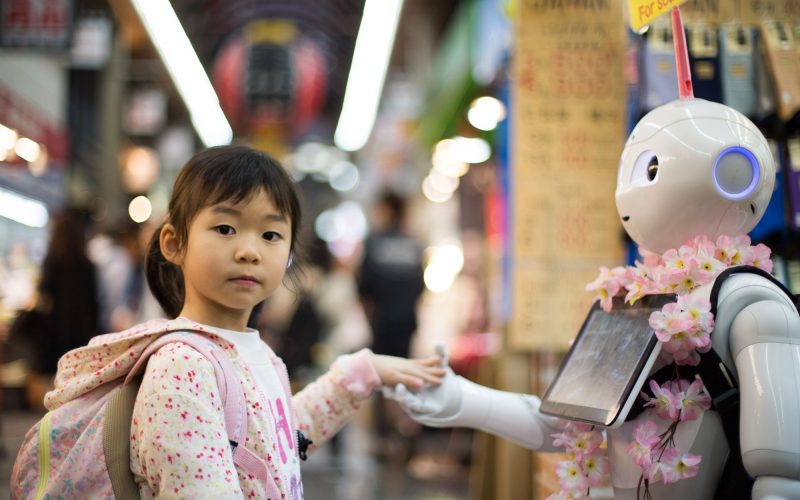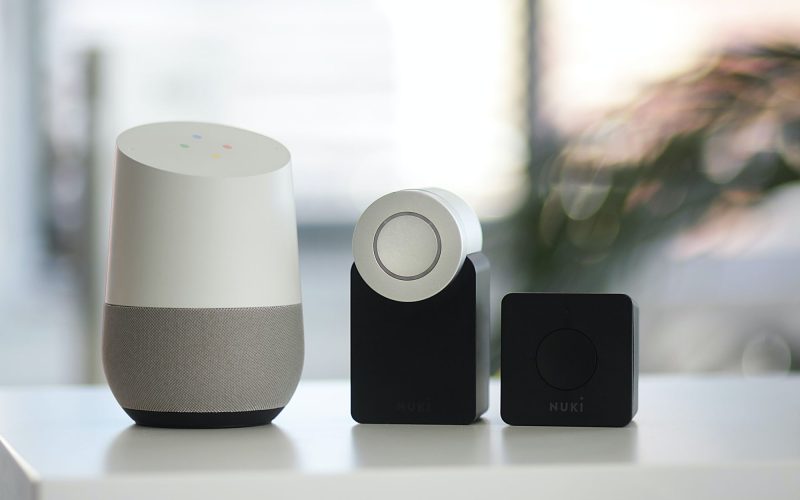
Autonomous Systems 101
Autonomous systems are becoming increasingly important in the world of computer science. These systems can make decisions and act independently without human input or intervention. Autonomous systems have a wide range of applications, from self-driving cars to robots performing complex tasks. In this blog post, we’ll take a closer look at what autonomous systems are and how they work.
The first step to understanding autonomous systems is to understand the difference between autonomy and automation. These two terms are often confused with one another, but they possess entirely different meanings.
Automation involves using machines to perform tasks autonomously but with a predetermined set of instructions that must be followed. It refers to the process of using technology to streamline a task, allowing it to be performed consistently with little or no human assistance or supervision.
Autonomy, on the other hand, allows machines to make their own decisions based on changing circumstances and input from their environment. It requires the machine to be able to think for itself and use its data and sensors to determine appropriate courses of action. It’s like if an automated car could recognize a pothole in the road and adjust its speed accordingly – that would be an example of autonomy. While both types of machines can improve productivity, autonomy provides greater potential for innovation due to its capacity for self-learning and decision-making.
Autonomous systems rely heavily on machine learning algorithms, which allow them to learn from data and adapt over time. Machine learning algorithms involve taking large datasets of information and analyzing them for patterns or trends in order to make predictions or decisions about future events or situations. Machines like self-driving cars and robotics factories are quickly becoming the industry’s future. Autonomy machines mean increased safety for workers in factories who don’t have to worry about manual labor hazards and potentially dangerous production systems. Self-driving cars on the road mean fewer crashes and accidents due to decreased driver fatigue or distracted driving from cell phones because they use machine learning algorithms to determine when it should stop at traffic lights or slow down for turns in the road. Autonomy machines offer a wide range of potential uses, from manufacturing to medical research. It is an exciting time for investors and entrepreneurs alike as these breakthroughs promise major advances yet to come.
One of the most important aspects of autonomous systems is safety and reliability. Autonomous systems must be able to reliably perform their designed tasks without causing harm or damage to people or property. To ensure safety and reliability, autonomous systems often incorporate redundancy – meaning they use multiple sensors or sources of information as inputs for decision-making (for example, using both video cameras and radar sensors). This ensures that if one system fails, another will take its place, so the overall system remains functional and safe.
If autonomous machines are not programmed correctly, the consequences can be disastrous. It is essential that the code and algorithms behind those machines be properly written, tested, and maintained on an ongoing basis in order to prevent incidents from occurring. Autonomous robots, for example, could pose a significant risk to human health if their programming isn’t up-to-date or tailored correctly to their environment. They might malfunction unexpectedly, leading to collision accidents or loss of control. Additionally, incorrect programming may cause them to interpret and react abnormally to their surroundings – possibly putting people in danger. Moreover, faulty operating systems may expose organizations to cyber threats due to inadequate security protocols, which could leave computers vulnerable to malware and data breaches. In short, despite all the potential benefits of autonomous machines, responsible engineers must ensure that they are always programmed correctly in order for these advanced technologies to work as intended.
One of the major advantages of autonomous machines is that they can operate without human interference, allowing tasks that would normally require significant manual labor or tedious supervision to be completed more efficiently or completely autonomously. This efficiency, in turn, leads to greater cost savings throughout any industry or process they are employed within. Robotic arms, for example, may be trained to carry out operations with utmost accuracy, enabling businesses to minimize or do away with the need for manual labor. In addition, autonomous drones and self-driving vehicles can carry out complex tasks with a much higher level of accuracy than humans, reducing the reliance on manual labor. Furthermore, AI-driven analytics solutions can be used to identify areas that require human intervention and guide the automation process – further cutting down on manual labor. Additionally, autonomous machines can collect and store data that would otherwise need to be gathered manually or could not feasibly be measured at all, leading to exponentially more powerful insights and abilities when it comes to understanding complex systems. Recent developments on this front promise even more capabilities in the autonomous machine domain, which is likely to lead to an even broader range of applications for them over time.
Autonomous systems are becoming increasingly important in computer science due to their potential applications in many different industries – from self-driving cars to robots performing complex tasks in hazardous environments. Autonomous machines can perform complex and labor-intensive tasks with greater accuracy than humans, and they can react swiftly to changes in their environment. This makes them ideal for tackling complicated projects that would otherwise require human oversight. In addition, autonomous machines will continue to become more prevalent as new AI technologies develop, providing organizations with unprecedented levels of efficiency and freeing up resources for higher-value activities. Understanding how these systems work is key for anyone interested in developing new technologies or advancing existing ones! By incorporating machine learning algorithms into autonomous systems, they can become intelligent enough to make decisions on their own based on input from their environment – while still ensuring safety by incorporating redundancy into the system design. As technology continues to advance at a rapid pace, we will likely see more autonomous systems being developed over time!
…

